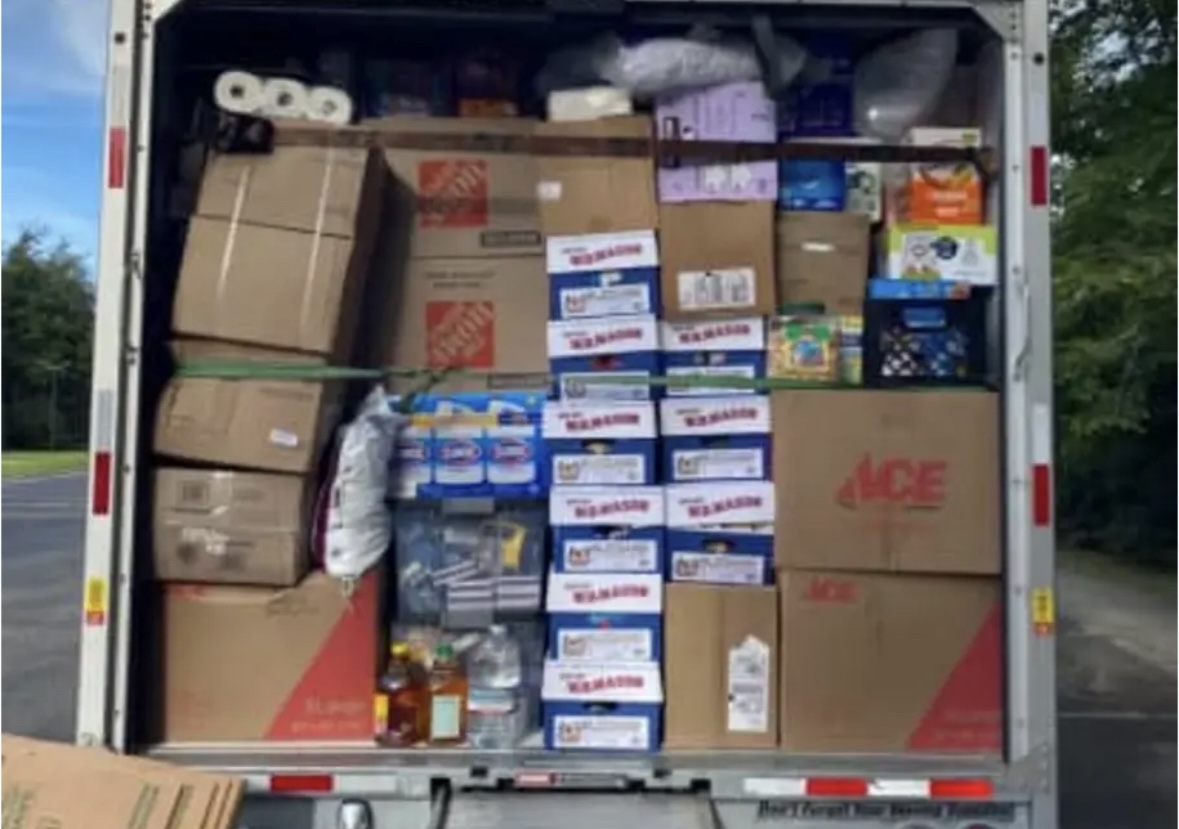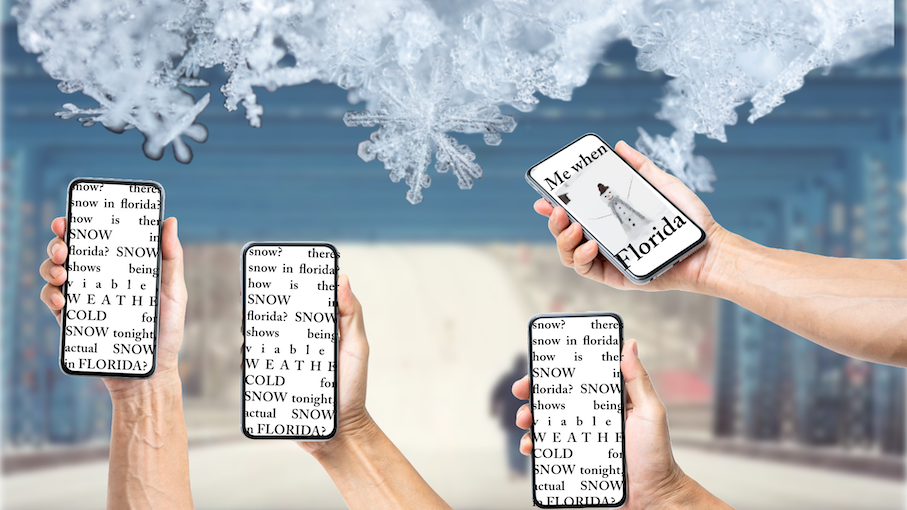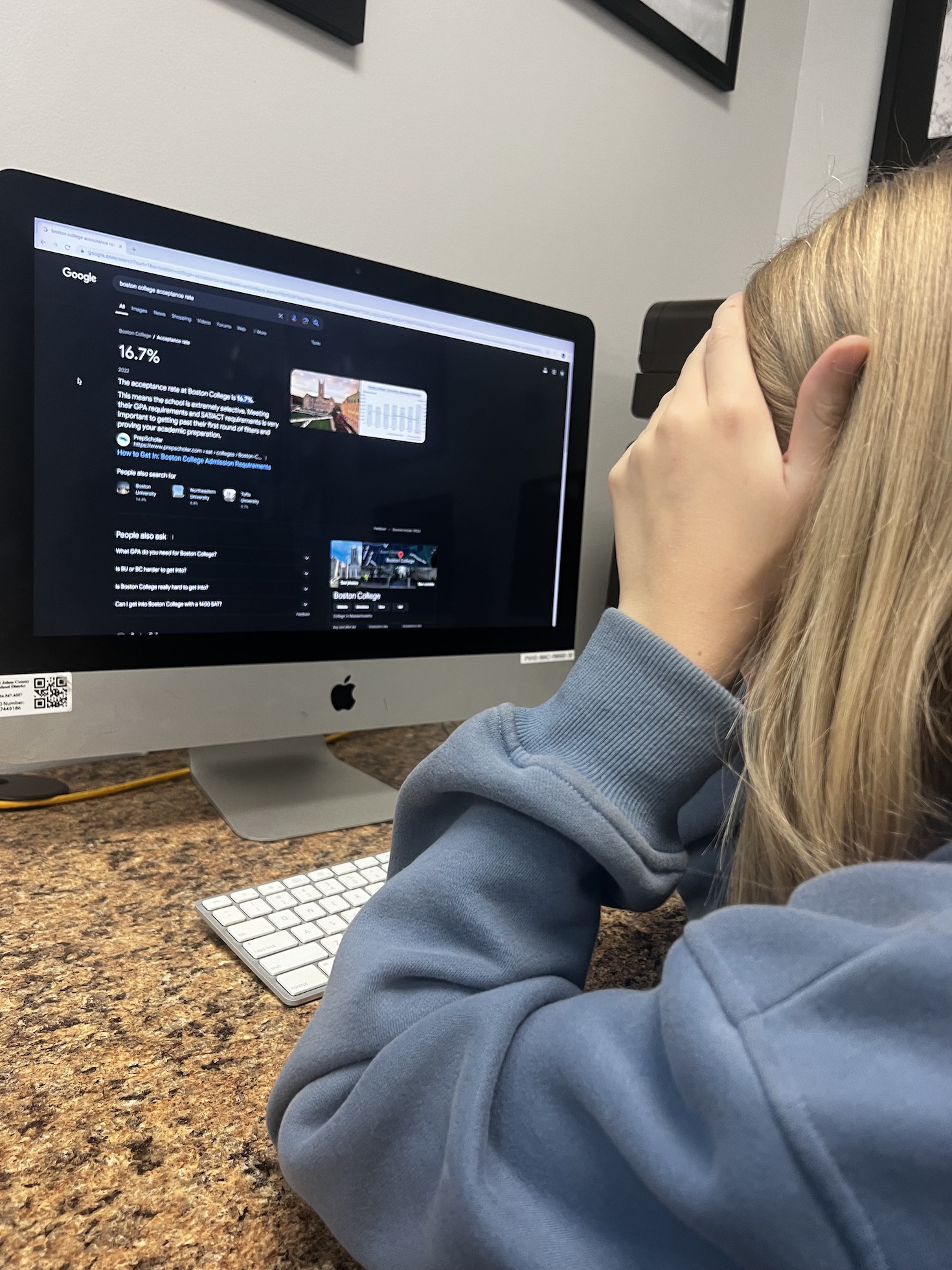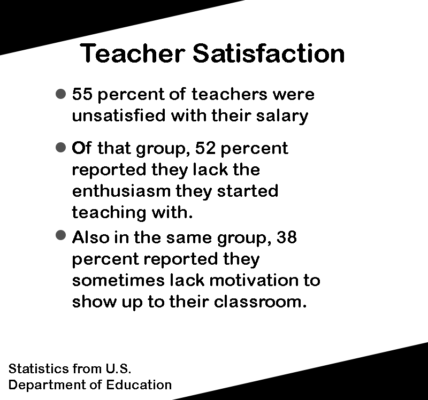By Max Sheikh
Hurricane Helene slammed North Carolina with Category 4 winds and record rainfall on September 26, hard-hitting the entire state. Over half a million people—577,000 North Carolinians—were put in a state of disaster as the storm tore through 27 counties, leaving some of the worst damage in rural areas. Whole communities were flooded, thousands of homes were lost, and critical infrastructure like bridges and waste facilities were either destroyed or heavily damaged.
The hardest hit were the mountainous areas of western North Carolina. Floodwaters surged through the valleys, making rivers out of the roads and sweeping away bridges. For example, one of the primary bridges into Burnsville started to submerge, cutting off partial access to the town. The highways to other mountain towns were totally washed out or buried in a mass of mud, resulting in inaccessibility. Flooding also knocked the waste treatment plant off its foundation in Burnsville, cutting off essential services for the residents already troubled without power and supplies.
Within days, volunteers and relief organizations began to come into the state as urgent need after need piled up. Among them was Luke Miller, a high school math teacher at Ponte Vedra High School. Since his brother was employed in an outreach ministry in North Carolina, Miller had felt the strong urge to go up there to lend a helping hand. “I knew they were in rough shape, but when I got there, it was like stepping into a war zone,” he said. He and his wife coordinated a supply drive, filling up a 25-foot truck with food and fuel and other much needed supplies to take along. Driving in, he saw the scenery plagued with downed trees, washed-out roads, and families that had lost everything.
Much of the support for Miller’s efforts came from Ponte Vedra Presbyterian Church. They are the main, vital support system in the relief project. Services from their co-op include donations, gathering materials, and collecting volunteers. With their quick mobilization, they helped get the word out to citizens who want to help. They had a large operation set to collect supplies, filling a U-Haul, and driving them down to Burnsville to aid those affected. They brought emergency resources to a community in extremely high demand following the storm.
“I knew they were in rough shape, but when I got there, it was like stepping into a war zone.”
Mr. miller
Help did not come easy in the most isolated areas, many of the roads were impassable, and the only way to reach people stranded in the remote valleys was by helicopter. Even the Cajun Navy, an informal volunteer group who specializes in rescue efforts after big disasters, joined in fundraising for rescue efforts and took helicopters over to drop supplies for people who couldn’t get out. Helicopters could be seen flying back and forth, day in and day out, bringing in food and other necessary supplies to mountain towns completely cut off. The Community Resilience Estimates (CRE), a way to measure vulnerability based on factors like like poverty and infrastructure, earlier deemed these rural communities as high-risk. This, for residents already burdened by vulnerability, was very sad in the wake of Helene, making it much harder to get back on their feet.
It was during such overwhelming loss that Miller met the resilience of the people he had met. He recalled they would come into pick up supplies trying to leave some extra for others in need, even when they have lost everything. “I’d be handing someone a box of mac and cheese, and they’d say, ‘no, save it for the next person.’ They didn’t know when their next meal would come, but they were still looking out for each other,” he said. It was a humbling experience, showing how deeply rooted their sense of community was, even after such a disaster.
But the work of recovery has only just begun. The efforts aren’t just about supplying delivery but also debris clearing, tarping roofs, and fallen tree removal. Volunteers like Miller from all around the United States have come to help any way they can. Hundreds of lives were taken by the force of Helene, and with some homes still without power, the path to recovery is surely to take months if not years. The destruction brought about by the storm is a reminder that natural disasters bring an enormous number of challenges, especially to places where resources were already stretched thin.
For North Carolina, Hurricane Helene joins the list of the state’s history of resilience and loss. The people who stayed, the ones who volunteered, and the long road ahead speak to the community’s spirit and willingness to help everyone they can.
Pictured: A truck full of supplies





